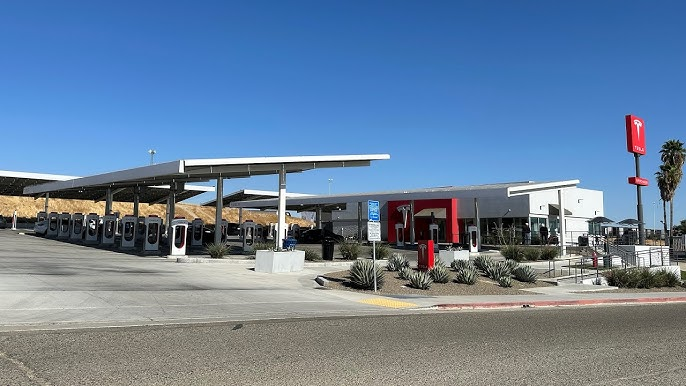In a world accelerating towards electric vehicles (EVs), the ability to charge faster and drive longer has become pivotal. Imagine charging your EV in the time it takes to enjoy a coffee break. This is no longer a distant dream but a reality, thanks to the groundbreaking 800V systems. As electric mobility surges ahead, this technology is reshaping how we think about charging infrastructure and EV efficiency. In this article, we will delve into how 800V systems are revolutionizing EVs, making them more practical and appealing for everyday drivers.
The Rise of 800V Systems in EVs
What Are 800V Systems?
The term “800V system” refers to the voltage level in an electric vehicle’s battery and power electronics. Traditional EVs operate on a 400V system, but the transition to 800V is gaining momentum. This development allows for faster charging speeds, improved efficiency, and reduced weight and size of components.
Why 800V Systems Matter
- Faster Charging: The higher voltage enables faster charging times, reducing downtime significantly. For instance, the Porsche Taycan, equipped with an 800V system, can add up to 60 miles of range in just four minutes.
- Improved Efficiency: Higher voltage reduces energy losses, enhancing the vehicle’s overall efficiency and performance.
- Smaller Components: Operating at 800V allows for smaller and lighter wiring, reducing the vehicle’s weight and improving its range.
Leading Brands Adopting 800V Technology
- Porsche: The Taycan was one of the first mainstream EVs to adopt 800V technology, setting a precedent for others.
- Hyundai: The Ioniq 5 and Kia EV6 are also built on an 800V platform, showcasing Hyundai’s commitment to cutting-edge technology.
- Lucid Motors: The Lucid Air, with its impressive range and rapid charging capabilities, is a testament to the benefits of 800V systems.
The Impact on Charging Infrastructure
Charging Stations Equipped for 800V
The proliferation of 800V systems necessitates an upgrade in charging infrastructure. Charging networks like Ionity and Electrify America are stepping up to meet this demand by installing high-power chargers capable of delivering up to 350 kW.
- Ionity: With over 400 stations across Europe, Ionity is committed to expanding its network to accommodate 800V vehicles.
- Electrify America: In the US, Electrify America plans to install more than 800 stations by 2025, many of which will support 800V charging.
Benefits to Consumers
- Reduced Charging Time: Faster charging stations mean less time waiting and more time driving.
- Increased Accessibility: As more stations are equipped with 800V technology, the range anxiety concern diminishes.
- Future-Proofing: Investing in 800V infrastructure ensures readiness for upcoming EV models.
Practical Tips for EV Owners
How to Maximize Charging with 800V Systems
- Locate Compatible Chargers: Use apps like PlugShare or ChargePoint to find 800V-compatible charging stations.
- Optimize Charging Times: Plan your trips to coincide with charging stops at high-power stations.
- Regular Maintenance: Ensure your EV’s charging system is in top condition to take advantage of faster charging speeds.
What to Consider When Buying an 800V EV
- Charging Infrastructure Availability: Check the availability of 800V compatible chargers in your area.
- Vehicle Specifications: Evaluate the charging speed, range, and efficiency improvements offered by the 800V system.
- Cost vs. Benefit: Consider the initial investment in an 800V vehicle against the potential savings in time and energy efficiency.
The Future of Fast Charging
Trends to Watch
- Expansion of Charging Networks: As demand rises, expect more 800V-compatible stations to appear globally.
- Technological Advancements: Continued research into battery technology and power electronics will further enhance the capabilities of 800V systems.
- Adoption Across Brands: More automakers are likely to embrace 800V systems, broadening the options for consumers and driving competition.
In conclusion, 800V systems are not just a technological advancement; they are a catalyst for change in the EV landscape. By enabling faster, more efficient charging, they eliminate one of the major hurdles to widespread EV adoption. As infrastructure catches up and more vehicles embrace this technology, the dream of seamless electric mobility becomes ever closer to reality. Are you ready to embrace the future of fast charging?
For those eager to stay ahead, keep an eye on the latest developments from leading EV manufacturers and charging network providers. The shift to 800V systems is just the beginning, and the road ahead promises to be both thrilling and transformative. How do you see 800V systems influencing your decision to go electric? Share your thoughts and join the conversation on the future of sustainable mobility.

